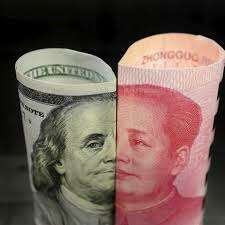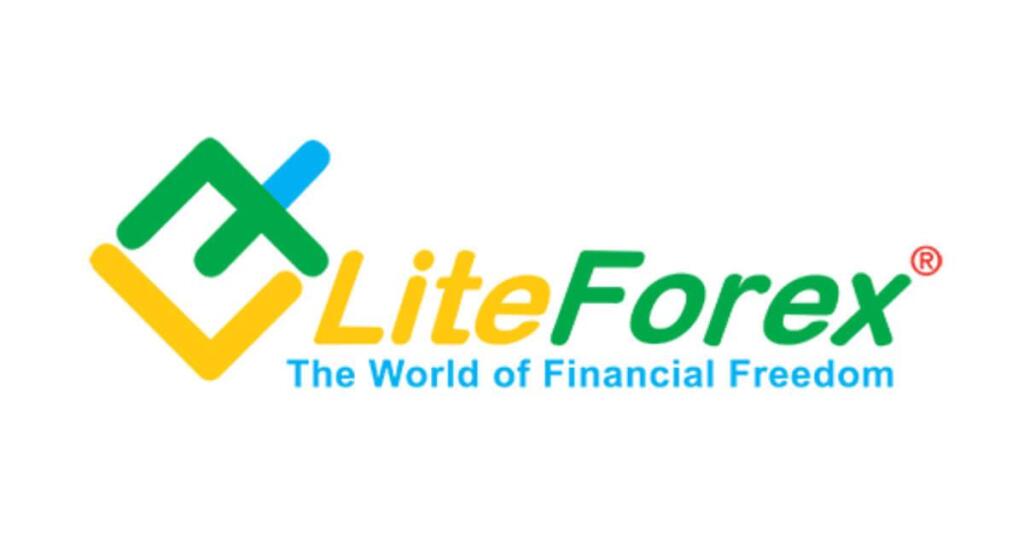
Every year, the fund will pay out these earnings or capital gains to its unitholders which are referred to as distributions. Depending on the fund, distributions are paid on a monthly, quarterly or annual basis. Companies typically report their book value quarterly, and this means that the latest book value may not reflect the company’s updated performance on a given day during the new quarter. A company’s accounting practices, especially regarding depreciation and amortization, can also significantly affect its book value.
Book value in this definition is determined as the net asset value of a company calculated as total assets minus intangible assets and liabilities. Book value is the amount found by totaling a company’s tangible assets (such as stocks, bonds, inventory, manufacturing equipment, real estate, and so forth) and subtracting its liabilities. In theory, book value should include everything down to the pencils and staples used by employees, but for simplicity’s sake, companies generally only include large assets that are easily quantified. Mutual funds earn dividends and interest from their underlying investments, and may also realize capital gains or losses when securities are sold.
What does it mean if BVPS is greater than the price per share?
In theory, a low price-to-book-value ratio means you have a cushion against poor performance. Outdated equipment may still add to book value, whereas appreciation in property may not be included. If you are going to invest based on book value, you have to find out the real state of those assets.

It also does not account for workers’ skills, human capital, and future profits and growth. Therefore, the market value—which is determined by the market (sellers and buyers) and is how much investors are willing to pay by accounting for all of these factors—will generally be higher. On the balance sheet, you see “Total Stockholders’ Equity” with a value of $138.2 billion. This https://online-accounting.net/ figure is calculated by adding the values of preferred stock, common stock, Treasuries, paid-in capital, additional comprehensive income, and retained earnings. Some companies include unrealized gains or losses, capital surplus or cumulative adjustments, and many other line items, depending on the industry the company operates in and its internal accounting procedures.
The Market Value Approach
Manufacturing companies offer a good example of how depreciation can affect book value. These companies have to pay huge amounts of money for their equipment, but the resale value for equipment usually goes down faster than a company is required to depreciate it under accounting rules. A price-to-book ratio under 1.0 typically indicates an undervalued stock, although some value investors may set different thresholds such as less than 3.0. It’s the amount carried on a company’s balance sheet that represents the face value of a bond plus any unamortized premium or less any unamortized discount.
Citigroup: Banking on Book Value – Moneyshow.com
Citigroup: Banking on Book Value.
Posted: Mon, 14 Aug 2023 07:00:00 GMT [source]
Company A’s convertible bonds have a face value of $1,000 and a book value of $1,025. Bondholders have the right to convert this security to fifty shares of Company A’s common stock, which is currently selling for $22.00 per share. When the market value of a company is less than its book value, it may mean that investors have lost confidence in the company. In other words, the market may not believe the company is worth the value on its books or that there are enough future earnings.
Market Value
Companies with lots of machinery, like railroads, or lots of financial instruments, like banks, tend to have large book values. In contrast, video game companies, fashion designers, or trading firms may have little or no book value because they are only as good as the people who work there. Book value is not very useful in the latter case, but for companies with solid assets, it’s often the No.1 figure for investors. You must also determine the amount of time that has passed since the bond’s issuance plus how much of the premium or discount has amortized.
Lock in this Reit’s bumper yield and attractive discount – Investors Chronicle
Lock in this Reit’s bumper yield and attractive discount.
Posted: Tue, 05 Sep 2023 15:37:37 GMT [source]
The need for book value also arises when it comes to generally accepted accounting principles (GAAP). According to these rules, hard assets (like buildings and equipment) listed on a company’s balance sheet can only be stated according to book value. This sometimes creates problems for companies with assets that have greatly appreciated; these assets cannot be re-priced and added to the overall value of the company. Creditors who provide the necessary capital to the business are more interested in the company’s asset value. Therefore, creditors use book value to determine how much capital to lend to the company since assets make good collateral.
Book Value Equals Market Value
In the next section, you’ll see an example of the calculation using the straight-line amortization method. Ultimately, the unamortized portion of the bond’s discount or premium is either subtracted from or added to the bond’s face value to arrive at carrying value. There is also a book value used by accountants to valuate assets owned by a company. This differs from book value for investors because it is used internally for managerial accounting purposes. It’s also possible that a given company has liens applied against its assets, or is facing lawsuits that, if lost, could inflict losses that erode a large amount of its balance sheet value.
- In other words, the book value is literally the value of the company according to its books (balance sheet) once all liabilities are subtracted from assets.
- The answer could be that the market is unfairly battering the company, but it’s equally probable that the stated book value does not represent the real value of the assets.
- Large banks appear quite mindful of a potential capital hit that could come with higher interest rates.
- The book method uses the carrying value of the bonds to record the transaction.
- It entirely possible that a company trading below book value will never recover that gap, or that book value itself might drop.
A bond that pays a fixed coupon will see its price vary inversely with interest rates. This is because receiving a fixed interest rate, of say 5% is not very attractive if prevailing interest types of assets rates are 6%, and become even less desirable if rates can earn 7%. In order for that bond paying 5% to become equivalent to a new bond paying 7%, it must trade at a discounted price.
The increased importance of intangibles and difficulty assigning values for them raises questions about book value. As technology advances, factors like intellectual property play larger parts in determining profitability. Ultimately, accountants must come up with a way of consistently valuing intangibles to keep book value up to date. One of the major issues with book value is that companies report the figure quarterly or annually.

For instance, consider a given company that has a market value approximately equal to its book value. The company then hires a famous turnaround manager which excites investors, who bid the shares higher. The market cap of this company increases, although the book value of the company hasn’t changed.
Because a bond’s par value and interest payments are fixed, an investor uses bond valuation to determine what rate of return is required for a bond investment to be worthwhile. Book value is often used interchangeably with net book value or carrying value, which is the original acquisition cost less accumulated depreciation, depletion or amortization. Book value is the term which means the value of the firm as per the books of the company. It is the value at which the assets are valued in the balance sheet of the company as on the given date.
